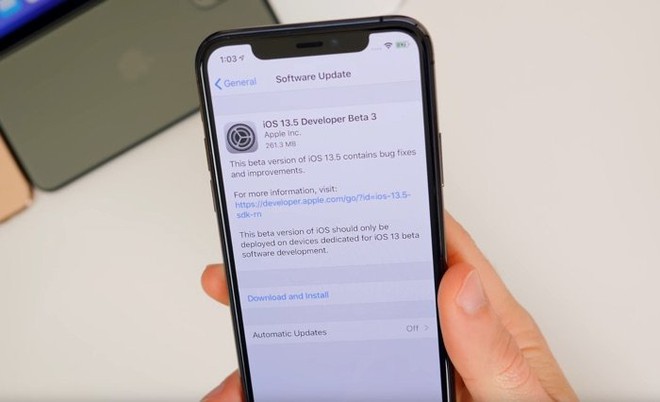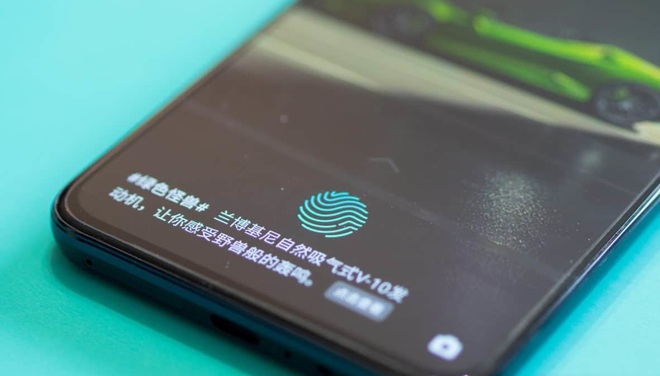With this change to FaceID during the Covid-19 season, Apple showed a remarkable feature of 3D face recognition.
- Tram Ho
It’s been 3 years since iPhone X was released, facial recognition technology has really become familiar to smartphone users. The “notch” design – a must-have for face recognition support – is already outdated by Android’s “teardrop” or “hole” designs, with the exception of Google and Huawei. , most other manufacturers have also completely abandoned FaceID 3D facial recognition technology, switching to using an in-display fingerprint sensor.
However, in a step that will surely be welcomed by doctors, Apple has demonstrated an outstanding advantage of 3D face recognition: the ability to adapt to the times.

The new iOS update will allow users to unlock FaceID even when wearing a mask.
More specifically, on the newly released iOS 13.5, the iPhone will automatically open the unlock screen with a passcode if it detects that the user is wearing a mask . This step is made quite secretly by Apple, not announced publicly since beta testing more than 1 month ago.
This change clearly demonstrates the superiority of FaceID: Apple was able to easily meet users’ needs with a software update instead of having to make changes through hardware. When the method of identifying only the face area without a mask is probably not safe, this is the fastest and easiest way for iPhone users with FaceID to continue using the smartphone conveniently.
You can hardly do the same thing with a fingerprint sensor. Obviously, phones using fingerprint sensors will not be able to “detect” users wearing … gloves. If you put your gloved finger on the sensor, the user will still have to go through the entire process just like when placing the wrong finger (only open the passcode screen after 3 false identities).

Phones using fingerprint sensors have no way of detecting whether the user is wearing gloves.
Actually, detecting a user wearing a mask is not unthinkable. Several weeks ago, some users had found a way to “adjust” FaceID so that the technology could gradually shift to face recognition when wearing masks. In essence, both this “unorthodox” approach and Apple’s changes stem from the nature of AI technology, which is to allow changes in input / output data to adapt.
This is the advantage of AI compared to traditional technologies. If traditional technologies use fairly clear, little-changed input data (such as fingerprints), artificial intelligence allows data support to change over time. User’s fingerprints will change very little in a lifetime, but the user’s face can change with age, when wearing glasses or masks, when closed eyes or open mouth, etc. v … AI technology for allows for easy identification, does not require any hardware changes.
With the new update, Apple is actually performing two features at the same time when the user first opens the device: both facial recognition, and identify whether the user is wearing a mask or not. From a technological perspective, the only thing Apple needs to do is to change the source code for FaceID without making any hardware changes.

FaceID: More secure and easier to customize than fingerprint sensor.
It should also be pointed out that 3D face recognition is not without its weaknesses: when Face ID was first launched, users pointed out many situations where family members could unlock each other. However, this is the “price” to pay if you want to adapt quickly during the epidemic season. More importantly, as long as users use it for a long enough time, data for AI will be properly trained to support a single person. Until now, this is still the safest biometric security technology because it can not be unlocked without the “victim “‘s participation in the masking process.
In contrast, fingerprints exist a lot of weaknesses. Even the most secure fingerprint sensor, ultrasonic, can be cracked when a user leaves his or her fingerprint on the camera body. It is not unreasonable that even the boss of Android, Google, has switched to 3D face recognition instead of staying with fingerprints like production partners: more than anyone else, this big AI leader understands. about the immense potential of AI in technology fields.
Source : Genk
